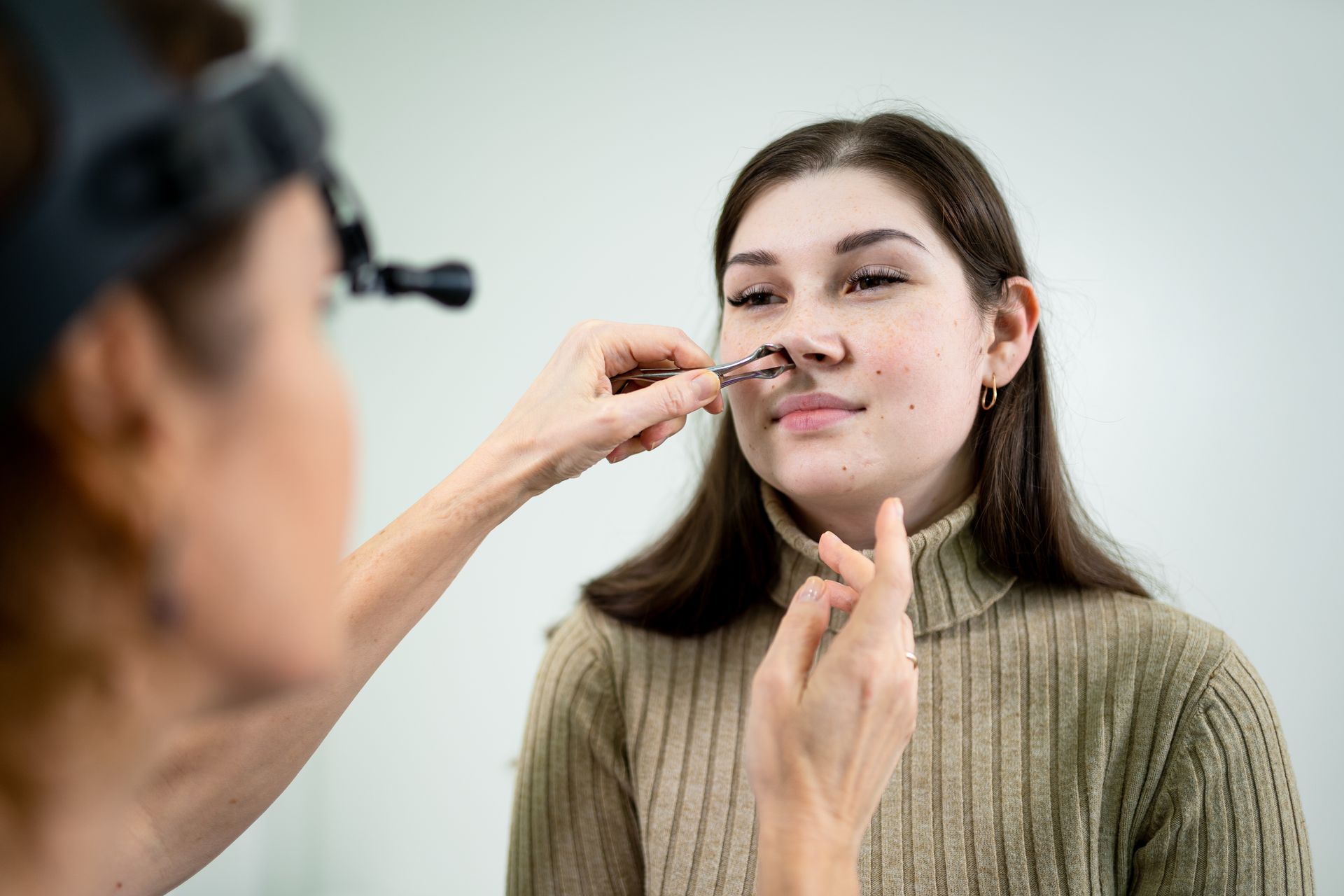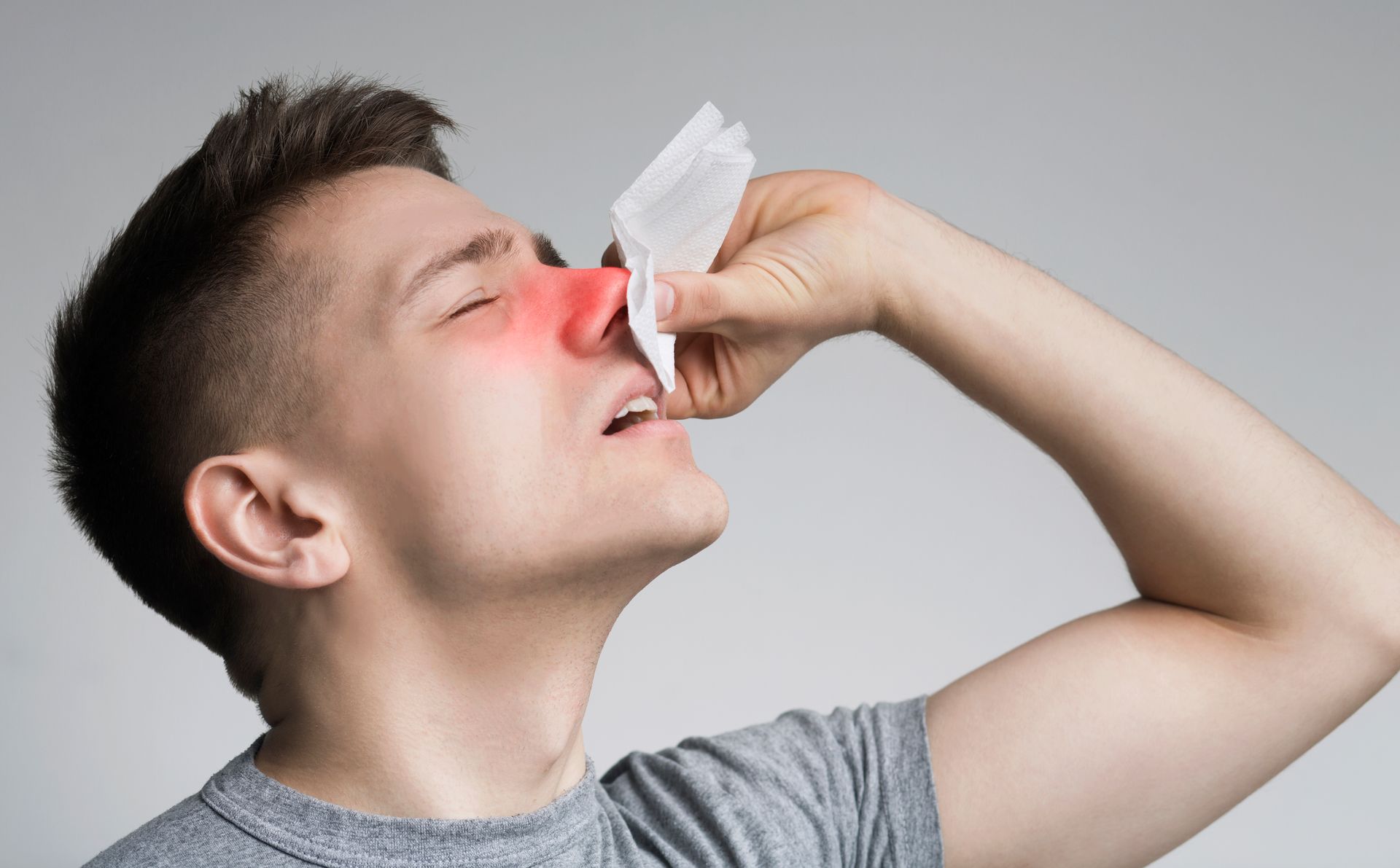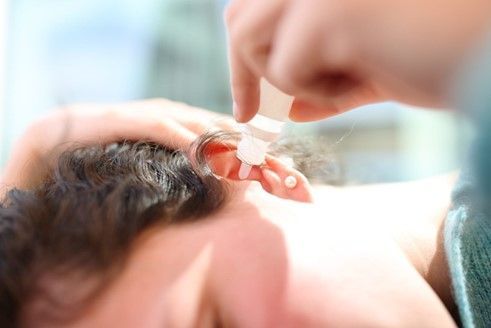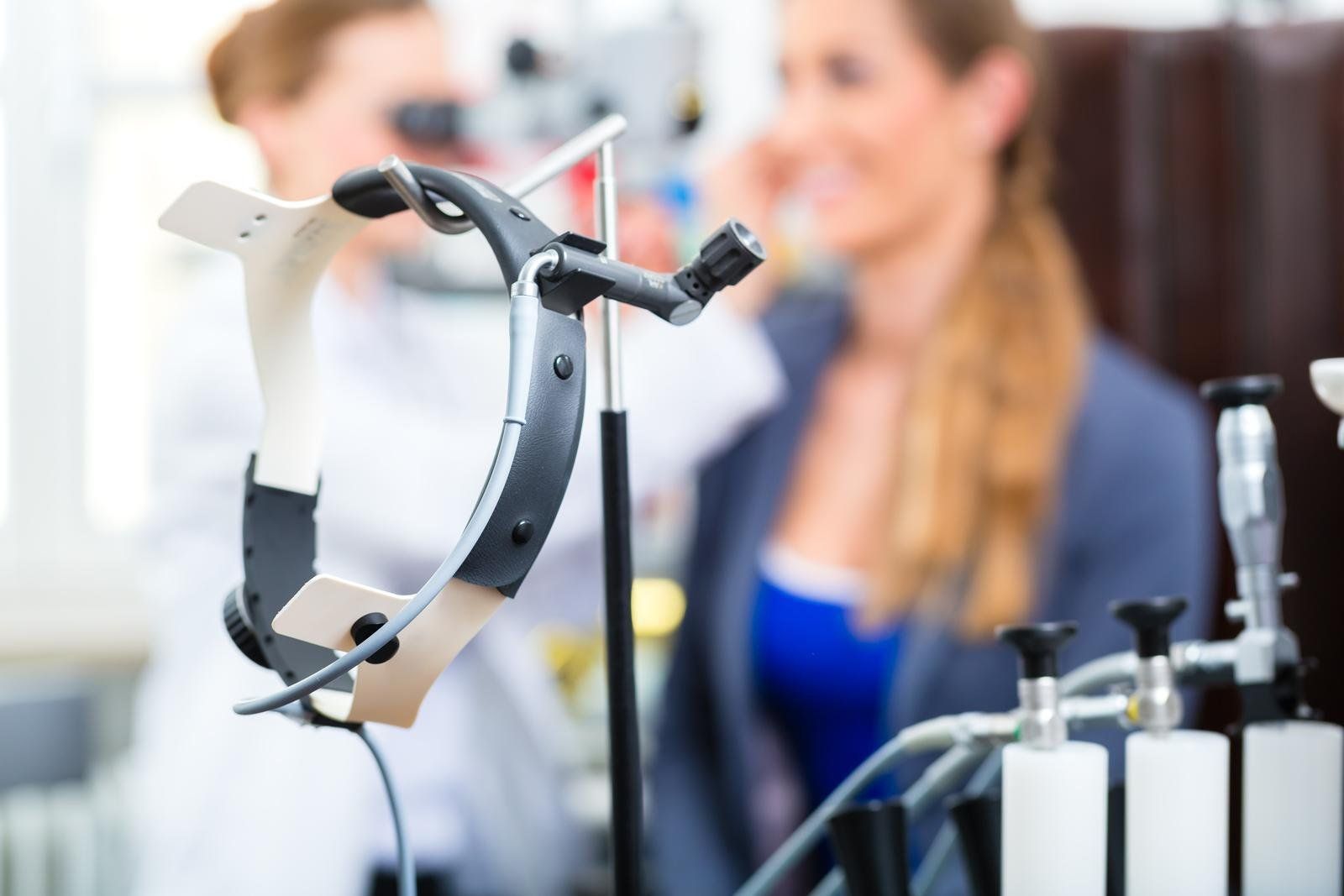What is Parotid Gland Stone Massage?
Parotid gland stones, also known as salivary gland stones, can cause discomfort and swelling in the mouth and face. While surgical removal of the stones may be necessary is certain cases, otolaryngologists often recommend initial conservative measures, such as massage, to alleviate symptoms and potentially aid in the management of these stones.
Understanding Parotid Gland Stones
Parotid gland stones are crystalline deposits that can form within the ducts of the parotid gland, one of the major salivary glands located near the ears. These stones are typically composed of calcium salts and other minerals, and they vary in size from tiny particles to larger formations. When a parotid gland stone becomes lodged in the duct, it can obstruct the flow of saliva, leading to symptoms such as swelling, pain, and difficulty in eating or speaking.
Common Symptoms of Parotid Gland Stones
Common symptoms of parotid gland stones include:
- Swelling and tenderness in the cheeks or jaw
- Pain or discomfort in the affected gland, especially during mealtimes
- Difficulty opening the mouth or swallowing
- Dry mouth or decreased saliva production
- Foul-tasting discharge from the affected duct
- Redness and inflammation in the area of the affected gland
These symptoms can vary in intensity and may be intermittent or persistent, depending on the size and location of the stone within the parotid gland duct. Failure to address parotid gland stone issues may lead to recurrent infections, abscess formation, or blockage of the salivary gland ducts.
Parotid Gland Stone Massage Technique
The parotid gland stone massage technique involves applying gentle pressure with circular and forward motions to the affected area to promote the movement of the stone out of the duct.
Performing a parotid stone massage involves the following steps:
- Locate the parotid gland, which start just in front of your ear and along your jawline.
- Using the pads of your fingers, apply a gentle, circular motion with your fingers to massage the area around the parotid glands and then forward toward your mouth.
- Continue the motions for about 5-10 minutes, aiming to stimulate saliva flow and promote blood circulation in the affected gland.
- If you experience any pain or discomfort during the massage, stop immediately and see your healthcare provider for further guidance.
Benefits of Parotid Stone Massage Therapy
1. Parotid stone massage therapy can help dislodge the stone and relieve symptoms such as pain and swelling.
2. It can also enhance saliva flow, alleviating dry mouth and improving oral health.
3. This non-invasive technique can be a valuable addition to other treatments, such as hydration, sialagogues, and warm compresses.
4. Regular parotid gland massage can be beneficial in shielding them from radiation damage linked to 131I therapy.
Common Mistakes to Avoid During the Massage
1. Avoid using excessive force or aggressive movements, as this may cause discomfort or injury.
2. Do not massage for too long or too frequently, as it may lead to irritation or inflammation.
3. Avoid putting pressure directly on the stone, as it can worsen the symptoms.
4. It is important to consult with a healthcare professional before attempting massage therapy, especially if you have underlying medical conditions or if the stone is causing severe pain.
Conclusion
Parotid gland stones are crystalline deposits that can develop within the ducts of the parotid gland, leading to discomfort and swelling in the mouth and face. While parotid stone massage is not a primary treatment, it can aid in dislodging the stone, improving saliva flow, and complementing other treatments. Seeking professional guidance and following healthcare professionals' instructions is important in the management of parotid gland stones.
If you have questions concerning parotid or salivary gland disorders, feel free to reach out and our experts will assist you. At Kentuckiana ENT, we've partnered with ENT Care Centers to give you better care that's comprehensive and compassionate. Request an appointment online or call (502) 894-8441.













